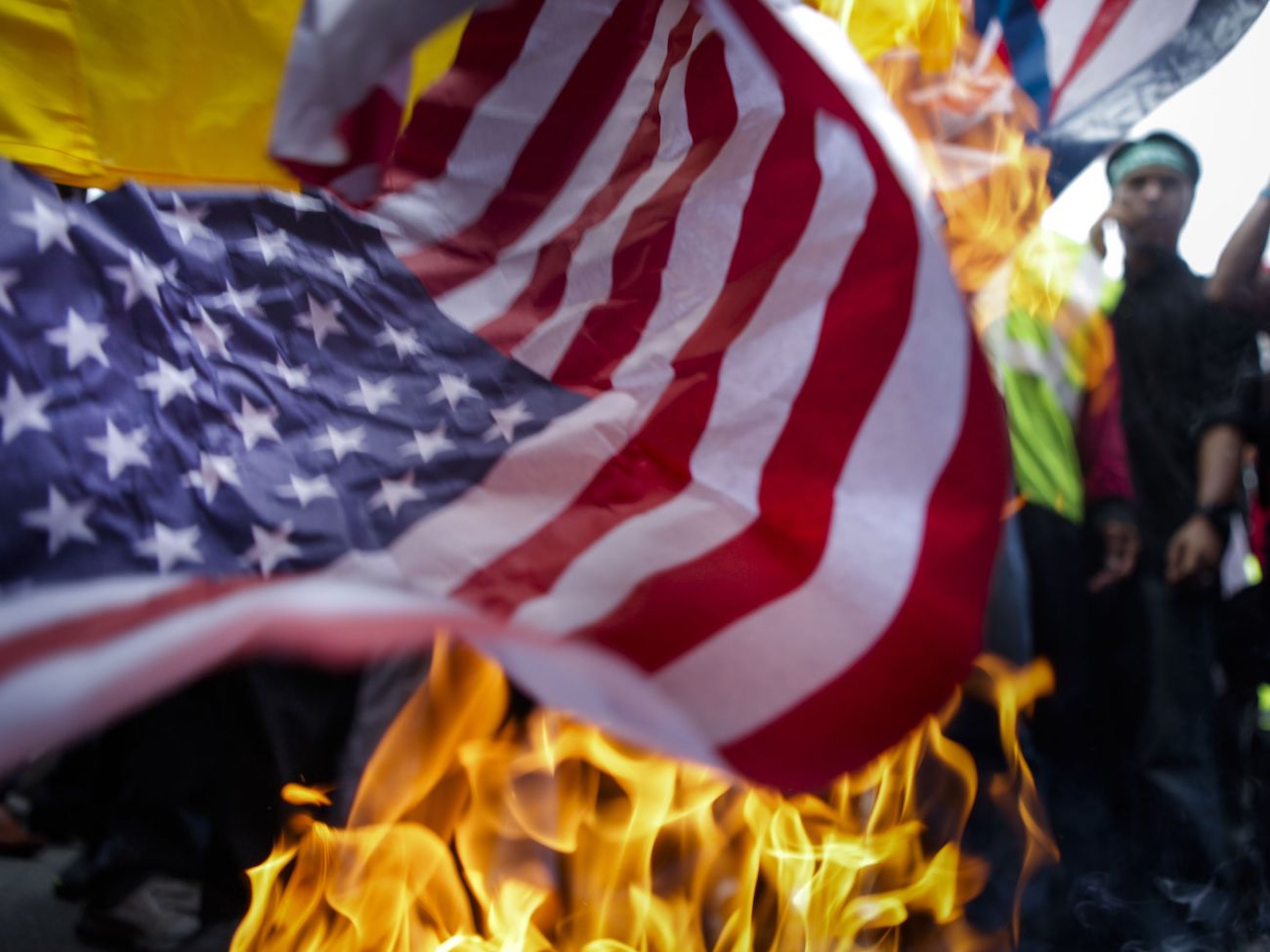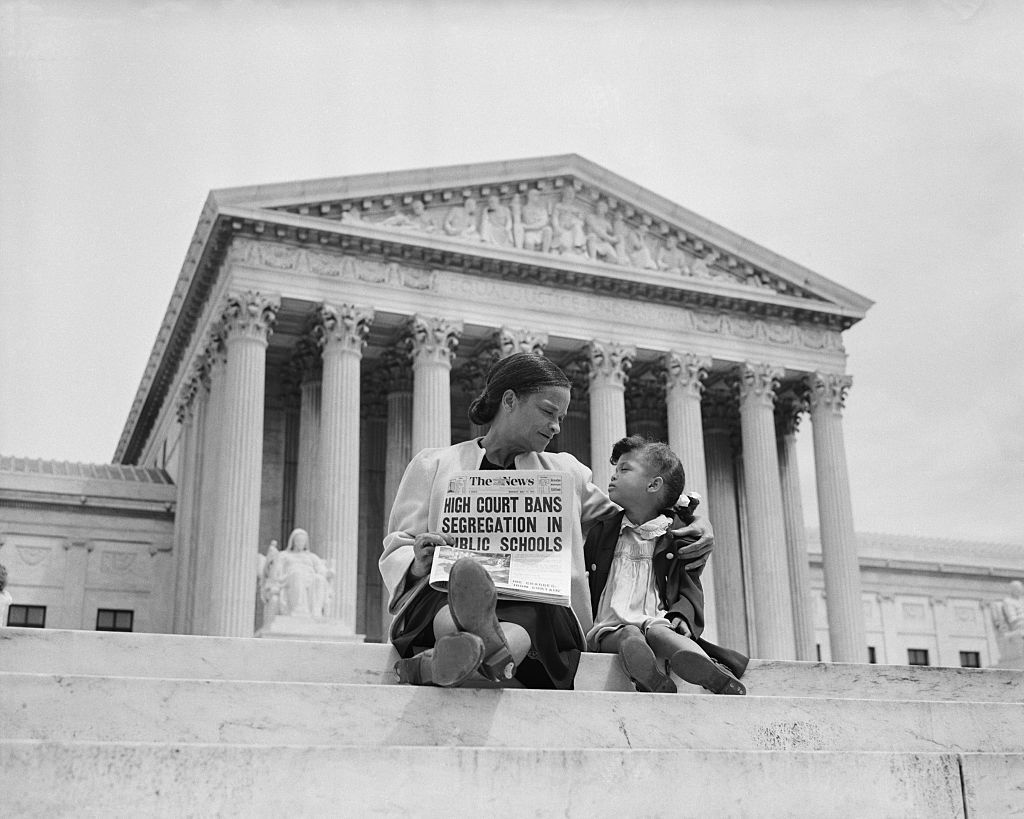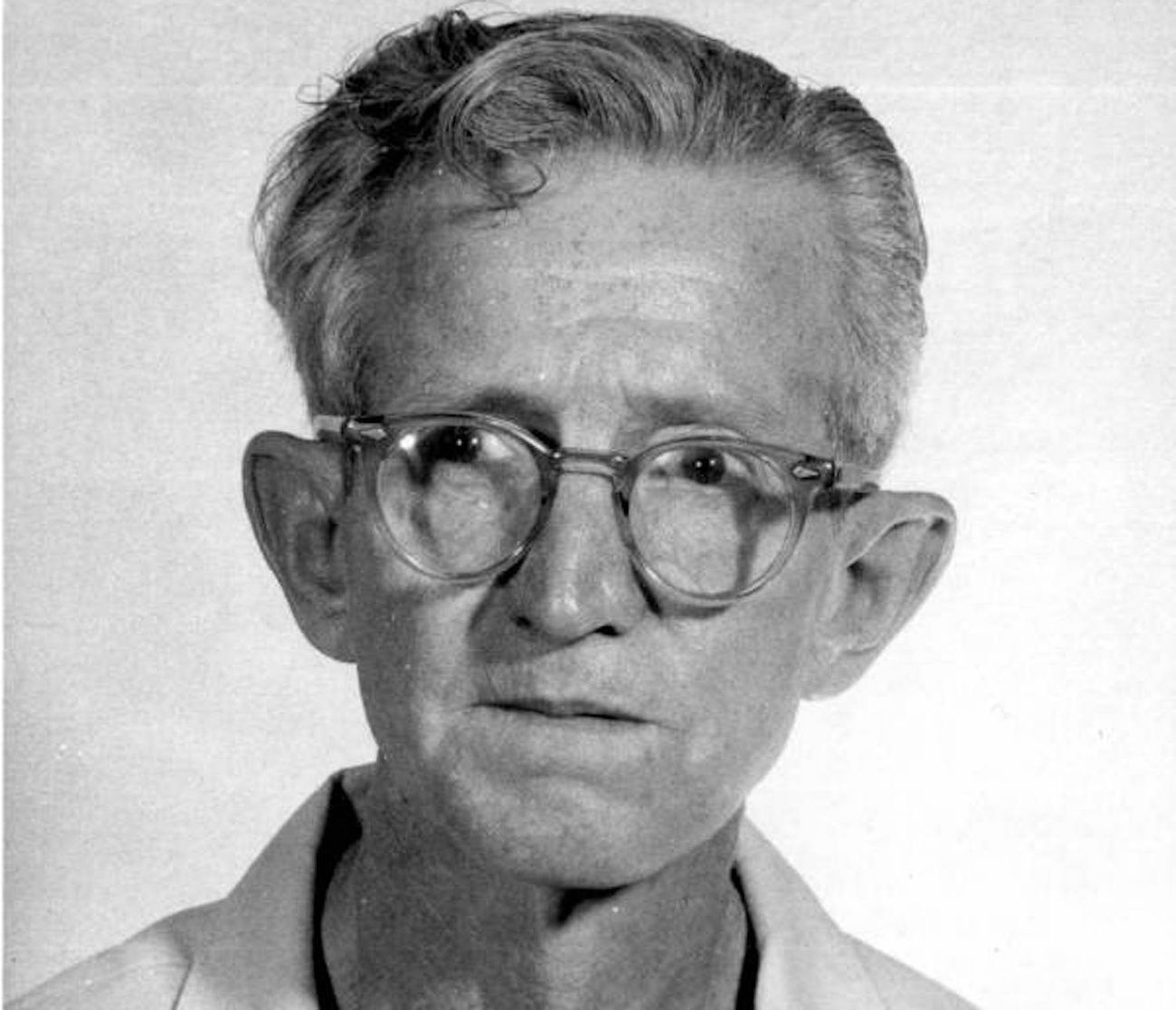
What is the Supreme Court in the United States? How the US Supreme Court Works.
What goes on in the Supreme Court affects the lives of all Americans. It is an important part of our legal system, playing an essential role in ensuring that each branch of government stays within the constraints of its constitutionally assigned power and overturning laws that violate the principles of the United States’ constitution.
Continue reading to learn about the Supreme Court, Supreme Court Justices, and Landmark Supreme Court cases.

How Do Cases Get to the Supreme Court?
Cases usually reach the United States’ Supreme Court through appeals, which are requests for higher courts to overturn or reverse the decisions of lower courts. The person who appeals to a higher court for a reversal is called the appellant. Supreme Court cases usually come from federal courts, but may come from state courts if the case deals with federal law.
“Federal appellate cases occurring at Federal Trial Courts will first have to go through the U.S. Court of Appeals. If the appellant still does not get their case ruling overturned, they may be able to file an appeal with the Supreme Court. Similarly, state cases, which occur at State Trial Courts, will first have to go through the State Court of Appeals, and then onto that state’s Supreme Court, before appealing to the Federal Supreme Court. “ Says Federal Criminal Appeals Lawyer Mick Mickelsen.”
On a small handful of occasions, the Supreme Court may hear new cases; these cases are almost always cases between states.
The process of deciding which cases the Supreme Court will grant for review goes as follows:
- The appellant files a petition to appeal their case with the Supreme Court.
- The Supreme Court Justices examine the petition and supporting materials provided by the appellant. Each year, between 7,000 and 8,000 petitions are filed with the United States Supreme Court.
- The Justices vote on whether or not they will hear the case. For a case to be reviewed, four justices must vote in favor of hearing it. The Supreme Court reviews 70 to 80 cases in a Supreme Court via oral argument, while further cases are granted for review and decided without oral argument.

What Happens Once a Case Reaches the Supreme Court?
Once a case reaches the Supreme Court, it follows these steps:
- Justices listen to oral arguments and read case briefs (written arguments) from each side. Each side is permitted thirty minutes to present their oral argument.
- Justices vote on the case and write their opinions. The majority opinion is the opinion more than half of the justices share — this becomes the Supreme Court’s decision. The dissenting opinion is the opinion held by the minority. These opinions are published in a set of case books titled “The United States Reports.”
- Once the first drafts of the opinions are complete, the Supreme Court Justices recast their votes, and the court “hands down” its decision. This process can take up to nine months.

How Are the Supreme Court Justices Chosen?
There are nine Supreme Court Justices — one Chief Justice and eight Associate Justices. When there is a vacancy due to death or retirement, the President nominates a new Justice. People who receive these nominations are usually federal judges. The Senate then votes to confirm the nominee.
Unlike other government officials, Supreme Court Justices do not have set terms (such as Senators’ six year terms or Presidents’ four year terms), but serve for life; in other words, until they pass away or choose to retire.
When the Supreme Court has a vacancy, such as following the recent passing of Justice Ruth Bader-Ginsburg, the Supreme Court can still make decisions, but any tied decisions will mean the decision of the lower court still stands.

What Are Landmark Supreme Court Cases?
Landmark cases are cases that have enduring historical and legal significance because they continue to affect the application of a certain law, or laws, particularly those that concern individual rights and liberties. Because they have set legal precedent, these cases are often still referred to in ongoing policy debates between lawmakers as well as between the general public.
Some historical landmark cases include:

Texas v. Johnson (1989)
Case background: Gregory Lee Johnson set fire to an American flag as a public act of protest against Reagan administration policies, as well as the actions of certain corporations in Dallas, Texas. He was arrested and charged with desecration of a venerated object, which was considered a crime under the Texas Penal Code.
Central issue: Is flag burning protected expression under the first amendment?
Result: The Supreme Court ruled that Johnson’s actions were protected by the first amendment, and therefore it was unconstitutional for the state of Texas to criminalize them.

Brown v. The Board of Education (1954)
Case background: Linda Brown and her sister had to walk through a hazardous railroad switchyard each morning to get to their all-Black elementary school. The school closest to Brown’s house, which would have saved her the dangerous walk, was a white-only school. The Brown family took their case to court as a violation of the 14th amendment.
Central issue: Does racial segregation in schools violate the Equal Protection Clause of the 14th ammendment?
Result: The Supreme Court ruled that “separate but equal” doctrine violated the Equal Protections Clause, because separated schools were inherently unequal. This decision overturned a previous landmark case, Plessy v. Ferguson (1896).

Gideon v. Wainwright (1963)
Case background: Clarence Earl Gideon was arrested in Florida after being found near the site of a burglary. He asked the Florida Circuit Court to provide him with a lawyer because he could not afford one, using the Sixth amendment to support his request. However, his request was denied and he was forced to represent himself in court, resulting in being convicted of petty larceny and breaking and entering. While in prison, he studied law and found further evidence that his constitutional rights had been violated.
Central issue: Are states required to provide free legal assistance to individuals who are charged with felonies but cannot afford to pay for an attorney?
Result: The Supreme Court ruled that the Sixth Amendment right to legal counsel applies to state criminal trials, and that refusing to provide legal counsel to those who cannot afford it undermines the core constitutional principle that all Americans stand equal before the law.

Roe v. Wade (1970)
Case background: Jane Roe filed a lawsuit against the District Attorney of Dallas County on the grounds that Texas’ laws prohibiting abortion at all stages of pregnancy violated the constitutional rights to personal liberty and privacy (implicity guaranteed in the first, fourth, fifth, and fourteenth amendments).
Central issue: Are laws prohibiting abortion access unconstitutional?
Result: The Supreme Court ruled all state laws banning first trimester abortion unconstitutional on the grounds that such legislation violated the fourteenth amendment.

Miranda v. Arizona (1966)
Case background: After Ernesto Miranda was identified as the assailant of a crime by the victim, he was arrested, and confessed to the crime. However, his attorney argued that his confession could not be used against him in court because he had not been informed of his fifth and sixth amendment rights at the time of making the confession.
Central issue: Is law enforcement required to inform people in police custody of their fifth and sixth amendment rights (the right to remain silent and the right to legal counsel)?
Result: The Supreme Court ruled that police officers must inform people that they have the right to remain silent and the right to an attorney before interrogation begins, otherwise the evidence obtained during interrogation is not admissible in court.

Tinker v. Des Moines Independent School District (1969)
Case background: Two public high school students wore black armbands in protest of American involvement in the Vietnam War, and were suspended when they refused to remove them at the request of school officials.
Central issue: Is it constitutional for schools to limit students’ expression and speech?
Result: The Supreme Court ruled that students and teachers still have the right to freedom of expression on school grounds as long as it does not interfere with the educational experience. Therefore, rules banning items such as anti-war armbands were unconstitutional.
If you have been charged with criminal offenses you need to discuss your case with a criminal defense lawyer who has experience handling criminal cases.
Sources:
- https://www.landmarkcases.org/
- https://www.uscourts.gov/about-federal-courts/educational-resources/about-educational-outreach/activity-resources/about
- https://www.americanbar.org/groups/young_lawyers/publications/after-the-bar/essentials/how-does-the-supreme-court-work/
- https://www.brodenmickelsen.com/criminal-appeals/faq




